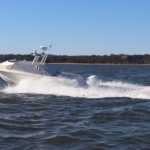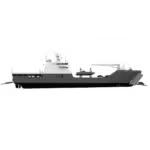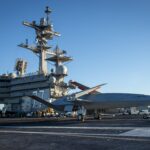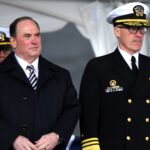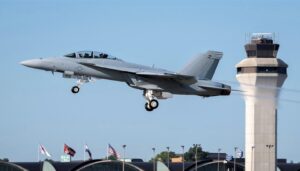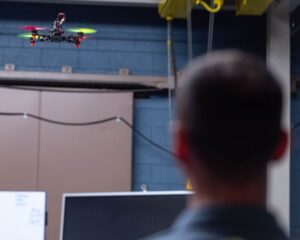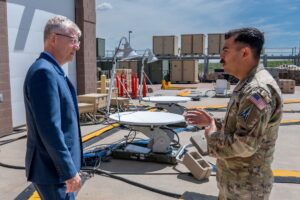
Philly Shipyard won a contract to study designs to replace the two current Navy hospital ships by Leidos’ [LDOS] Gibbs & Cox. The award, announced July 12, will entail Philly Shipyard performing a six-month design study of a solution for preliminary designs to replace the current hospital ships, the USNS Mercy and USNS Comfort. The hospital ships are owned by the Navy and operated by Military Sealift Command with a mixture of Navy and civilian sailors. Both ships are converted…

 By
By 